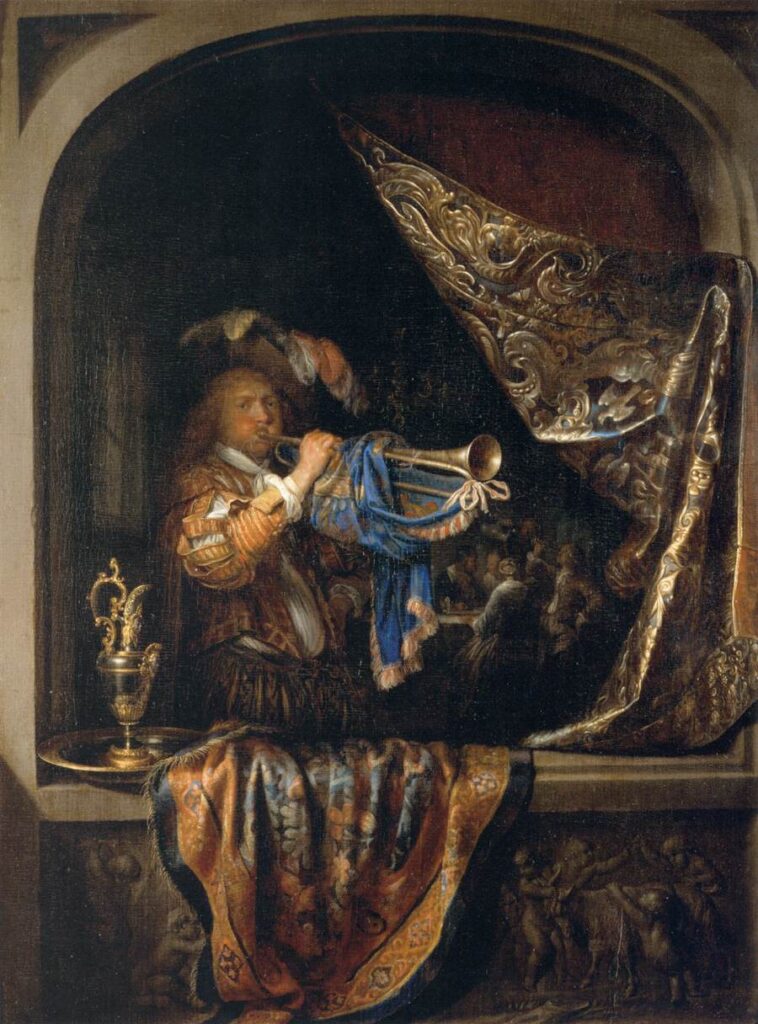Among the cantatas that Bach composed for solo voice, BWV 51 is probably one of the best known and most often performed. It’s a small-scale work in terms of forces required (soprano, trumpet, strings and basso continuo) but it certainly makes up for it in virtuosity and skill required on the part of the singer and trumpetist.
The fair copy of this cantata can be dated between 1727 and 1731, but the parts for performance in Leipzig point to 1730, which means that the work could have had an initial purpose other than a regular church service – a performance for Duke Christian at the court of Weißenfels has been proposed as a possible occasion.
The text is not related to readings of any particular Sunday in the liturgical year. Instead, it’s a song of praise and thanks (movements 1 & 2), followed by a prayer for continued blessings (movement 3). The anonymous librettist introduced paraphrases of Psalms and Lamentations quotes in movements 2 and 3, and selected a semantically related stanza of a hymn by Johann Gramann, from 1530, to which the word “Alleluia” was appended. The Leipzig parts show the words “in ogni tempo” (“at any time”) in Bach’s writing, and later “Dominica 15 post Trinitatis”, (“15th Sunday after Trinity”), evidently when he needed to use the cantata for that particular Sunday.
There are clear Italian influences throughout the cantata. The opening movement, a brilliant and virtuosic aria to showcase the solo team, resembles an instrumental concerto, with “tutti” and “solo” passages and themes passed back and forth from the voice to the trumpet, sometimes including also the first violin in the interplay.
The second movement is a recitativo accompanied by the strings, in minor mode and, in sharp contrast with the jubilant opening, in a much more introspective tone as the text shifts to discuss a prayer. Don’t miss the word painting for “lallen” (babbling) in the arioso section.
The next movement is another aria. Here, the basso continuo establishes the foundation of a lilting ternary tempo on which the voice flows freely in very expressive coloraturas. It leads to a chorale fantasia on the tune of the Gramman text, which Bach gives to the voice, while the two violins play off of each other with dense and animated counterpoint on top of a basso continuo line – another hint of Italian style.
The chorale setting leads uninterrupted into a jubilant “Alleluia”, in which the trumpet rejoins the soprano. In another stylistic reference to the Italian concerto, the two soloists start the movement: first the soprano, then the trumpet in imitation, only then joined by the string orchestra.
